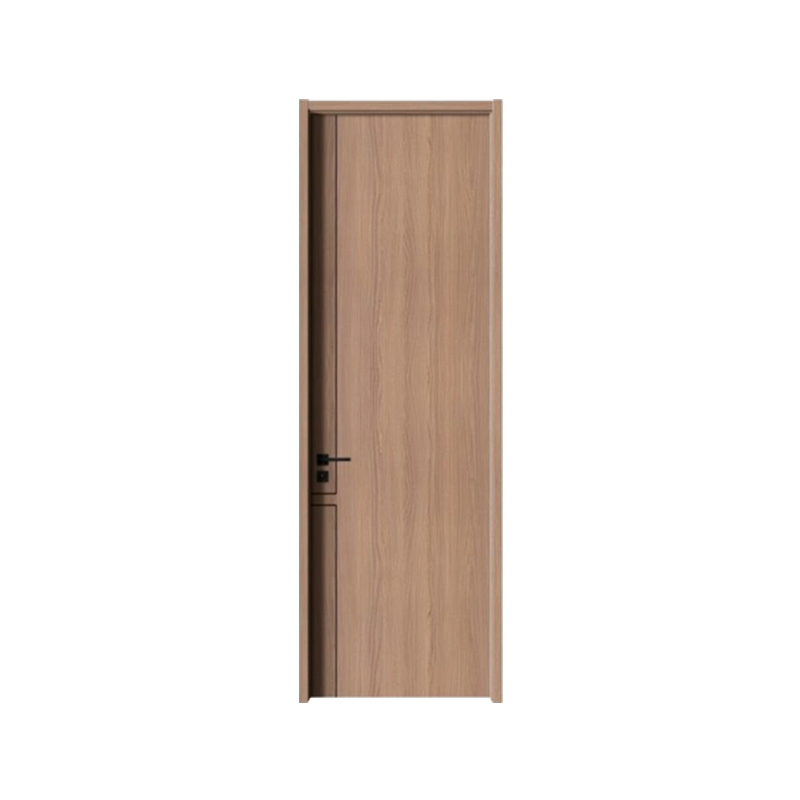Melamine Doors have gained attention for their blend of affordability and design flexibility. They are created by laminating melamine resin-impregnated papers onto wood composite panels, producing a finished product that can replicate different wood grains and colors.

When used in cabinets, melamine doors bring a consistent appearance with less visible grain or knots than natural wood. This uniformity appeals to those wanting a sleek, modern look. Additionally, Melamine Door Cabinets are available in a variety of finishes, including matte, glossy, and textured surfaces, allowing homeowners or designers to tailor their choices.
A significant characteristic of melamine doors is their resistance to everyday wear and tear. The surface can handle minor abrasions and is resistant to fading from exposure to sunlight. This durability helps maintain the cabinet's appearance over time without requiring frequent refinishing.
Melamine door cabinets are also known for being lightweight compared to solid wood alternatives. This reduces the stress on cabinet frames and hardware, which can contribute to a longer service life for the entire assembly.
From a maintenance perspective, melamine doors require less effort. They can be wiped clean with a damp cloth, making them suitable for environments such as kitchens where spills and splashes are common.
Environmental considerations also play a role; many manufacturers use melamine with substrates made from recycled wood fibers, promoting sustainability. It is advisable to check for certifications if eco-friendly materials are important in your selection.
While melamine doors offer many advantages, it is worth noting that the edges can sometimes be vulnerable if not properly sealed. Proper installation and edge banding can prevent moisture infiltration and extend the lifespan.
Overall, melamine door cabinets represent a practical and flexible option for those updating interiors, combining a wide design range with durability and ease of maintenance.








